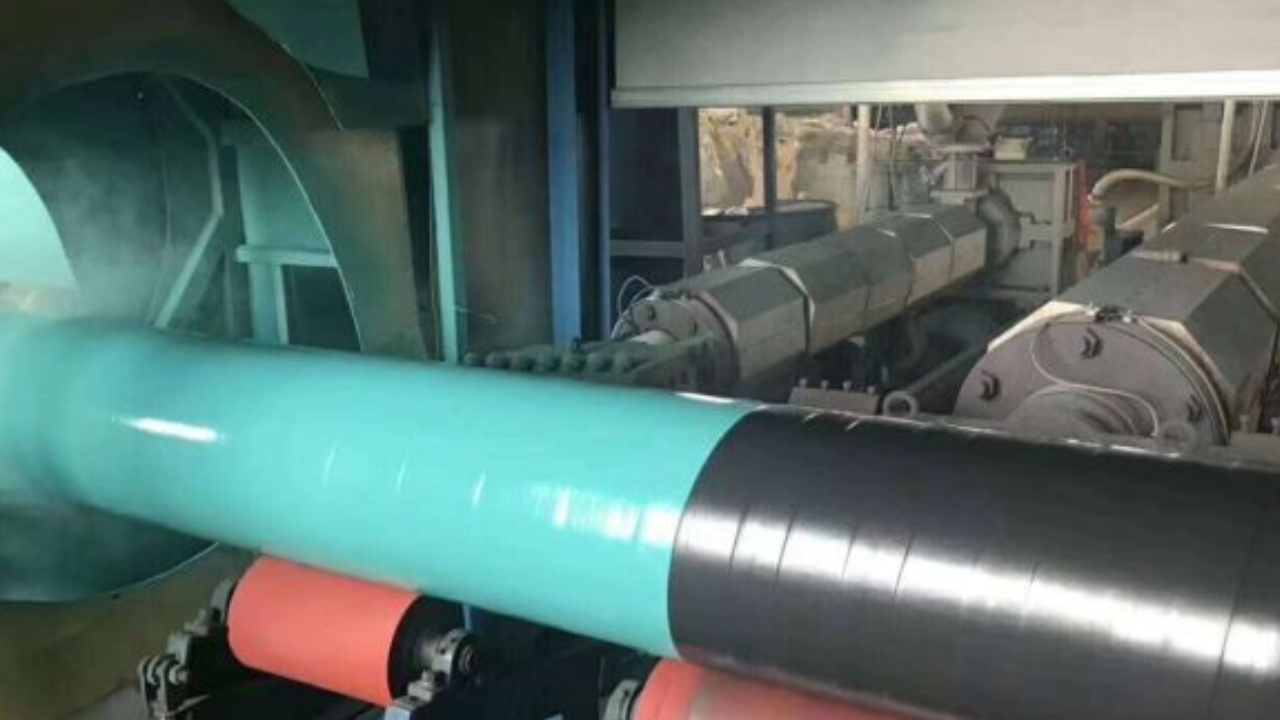Grade S355J2H is a flexible low-carbon manganese-containing metal alloy renowned for its robust residences in structural packages. This medium tensile carbon metal offers awesome weldability along with advanced effect resistance, making it especially suitable for traumatic environments. Designed to carry out work reliably even in sub-zero temperatures, S355J2H is certain to meet EN 10210, which outlines its characteristics and programs.
The designation ‘J’ in EN 10219 indicates precise impact residences, with ‘zero’ and ‘2’ denoting effect exams performed at zero°C and -20°C, respectively. These checks make certain that S355J2H metallic pipes preserve their structural integrity and protection under varying environmental conditions. With their stronger strength due to manganese content material and thicker partitions in hollow sections, s355j2h pipes are durable and resilient, assembly stringent and pleasant standards for construction, infrastructure, and commercial initiatives.
Common Fabrication Techniques Used For S355J2H Pipes
Fabrication techniques for S355J2H pipes contain various tactics aimed toward shaping and getting the metal ready for its intended structural utility. Here’s a detailed review of common fabrication techniques used for S355J2H pipes:
Cutting
Cutting S355J2H pipes involves the use of methods which include sawing with bandsaws or circular saws for direct cuts, plasma reducing with excessive-speed ionized fuel for thicker metallic, and laser reducing for unique shaping. Those strategies are crucial for preparing pipes to particular lengths and shapes, making sure they meet precise fabrication necessities earlier than further processing or meeting. Proper slicing strategies are crucial to maintaining dimensional accuracy and making ready pipes for welding, bending, or different fabrication steps in structural packages.
Drilling and Punching
Drilling and punching S355J2H pipes are vital fabrication tactics. Drilling creates holes through the use of drill bits for fittings or connections, ensuring precision and alignment. Punching makes use of dies to shape holes quickly and effectively to specifications. Those strategies are critical in making ready pipes for assembly and set up, making an allowance for the correct placement of fasteners or connections. Powerful drilling and punching strategies hold structural integrity and facilitate the mixing of pipes into larger systems or assemblies in creation and engineering tasks.
Bending and Forming
Bending and forming S355J2H pipes are key fabrication strategies used to obtain desired shapes and dimensions. Press brakes and roll bending machines are commonly hired for those methods, permitting pipes to be shaped into curves, angles, or round forms as required by design specifications. These techniques make certain pipes match exactly inside structural frameworks or structures, enhancing their capability and structural integrity. Proper bending and forming techniques are important to assembly venture necessities and ensure durable, dependable performance in various applications.
Welding
Welding S355J2H pipes involves the use of strategies like arc welding (SMAW), gas steel arc welding (GMAW/MIG), or gas tungsten arc welding (GTAW/TIG). Those strategies are part of putting pipes together using warmth and filler fabric, ensuring strong, durable connections vital for structural integrity. Welding procedures are important in assembling pipes into complex structures or systems, adhering to layout specifications and safety requirements. Right welding practices hold the mechanical power and corrosion resistance of S355J2H pipes, ensuring dependable overall performance in diverse commercial and construction programs.
Assembly and Installation
The meeting and set-up of S355J2H pipes involve integrating fabricated components into larger structural frameworks or systems. This method consists of fitting assembly and the use of couplings, flanges, or welded joints to connect pipes securely. On-site installation follows particular design specs and protection protocols to ensure proper alignment and functionality. Effective assembly and installation practices are crucial for optimizing the structural performance, sturdiness, and operational performance of S355J2H pipes in various creation, infrastructure, and industrial applications.
Final Words
Fabrication of S355J2H pipes involves a series of unique techniques to transform raw metallic into purposeful components appropriate for structural applications. Every approach contributes to ensuring pipes meet design specs, performance requirements, and safety standards. Powerful fabrication is essential for preserving structural integrity, sturdiness, and capability in various production and engineering tasks.

